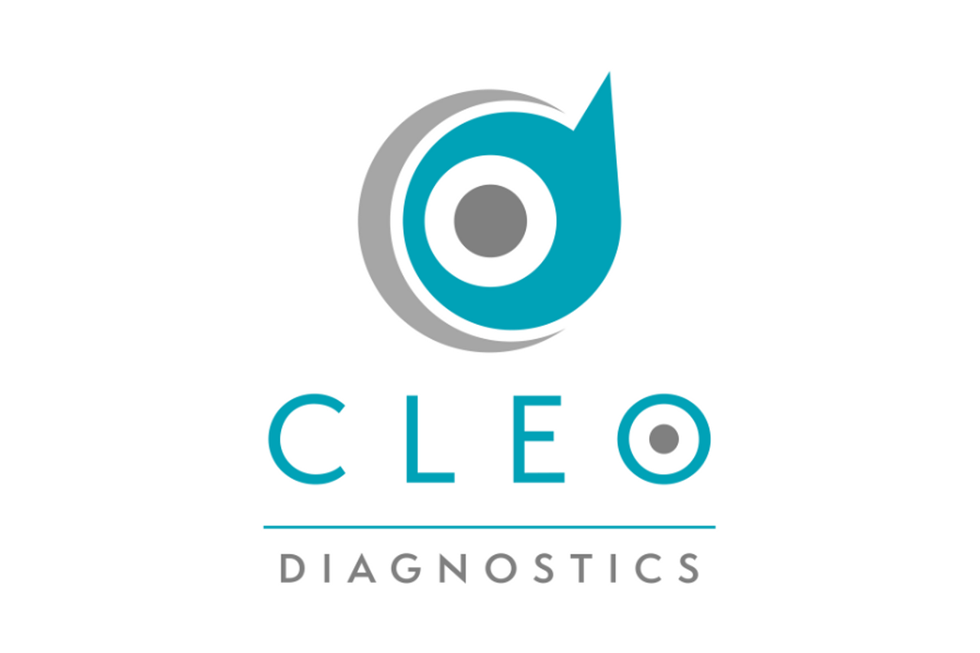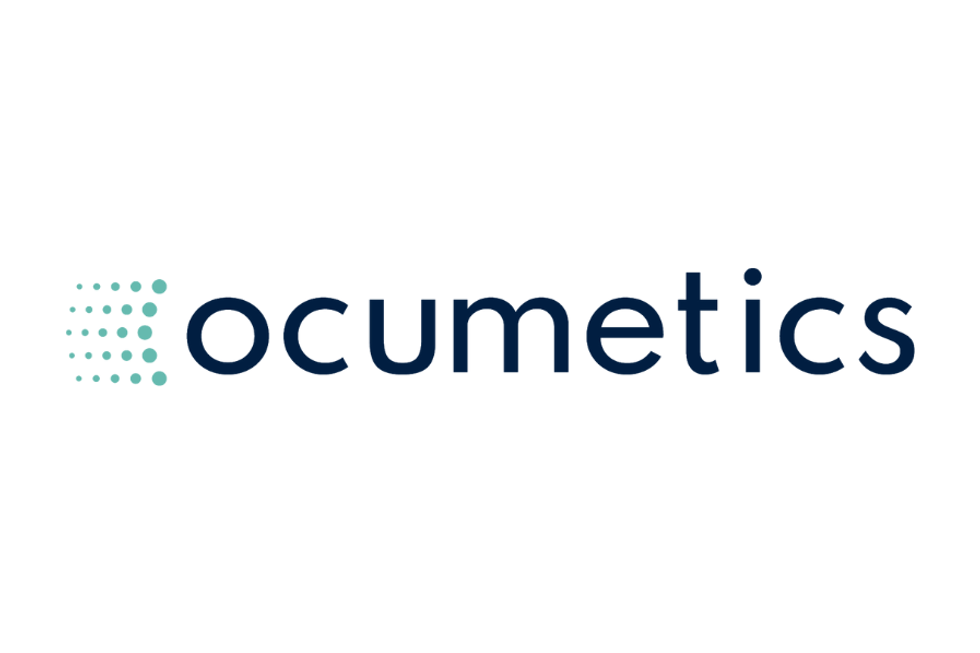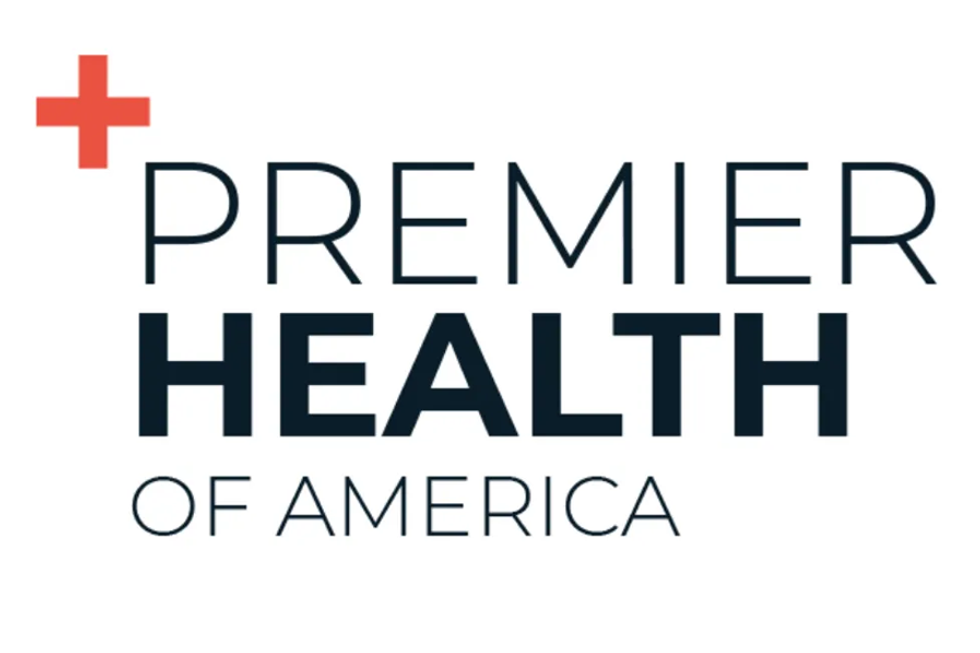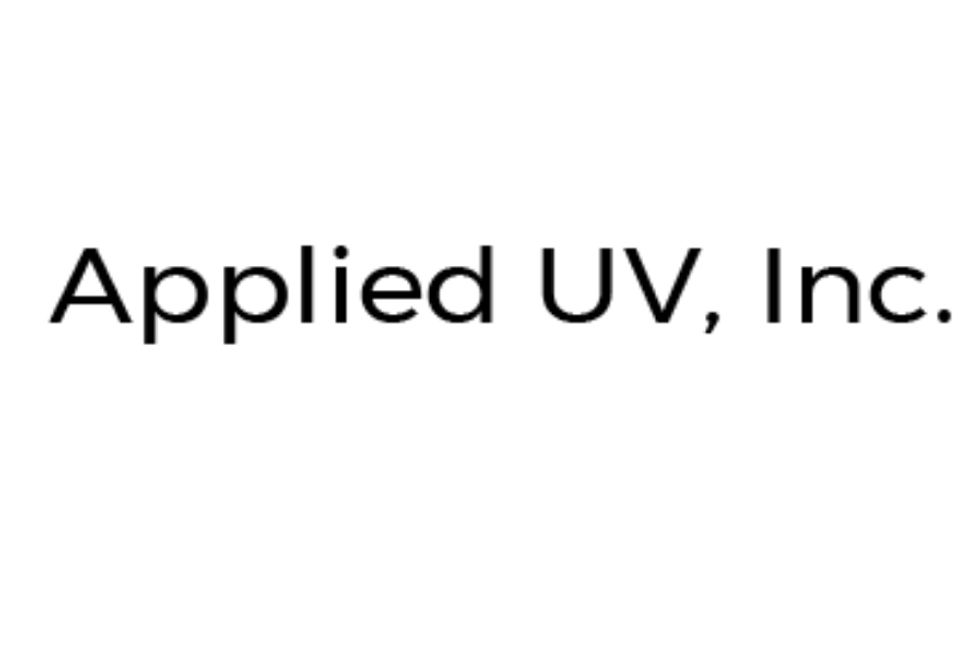
Precision medicine, medtech, “going beyond the pill”: these common phrases are signposts, marking the future path of medicine. Here’s another you should know: collaborative care.
Precision medicine. Medtech. Going beyond the pill.
These words and catchphrases have become common in the healthcare investing space—they’re signposts, marking the future path of medicine. Here’s another you should know: collaborative care.
What is collaborative care?
Collaborative care is a team-based, comprehensive model of patient treatment, designed to improve results, cut costs and empower patients and their families. In essence, it means bringing together numerous physicians and caregivers in order to consider a patient as a whole person, rather than just as a body or disease.
The care team helps the patient to take ownership over his or her own health. They also provide support to the patient’s family and community, enabling them to assist their loved one.
What does that look like in practice? A psychiatrist and geriatrician might work together to help an older patient with Alzheimer’s, but they’re also liaising with his family doctor and the staff at his nursing home. At the same time, they’re helping the family to cope with his illness—explaining how and when he should take his medication, for example, but also why he might occasionally lash out at those he loves. Indeed, the care team may even include a counselor to help the family cope!
The challenges
It’s not easy to get multiple physicians on the same page and harder still to train an entire community in a patient’s intricate needs. So while collaborative care sounds good in theory, it has some logistic hurdles to overcome.
Enter medtech.
Powering a new model of medicine
Companies like Athenahealth (NASDAQ:ATHN), Adherium (ASX:ADR), Eyecarrot Innovations (TSXV:EYC) and Reliq Health Technologies (TSXV:RHT) are building innovative solutions to help power the collaborative care revolution.
The Athenacommunicator, for example, was designed specifically to facilitate patient engagement: people use the cloud-based portal to review their own health records, pay bills or make appointments.
Meanwhile, Adherium has built a Smartinhaler platform to help patients with chronic respiratory disease. Their product improves patient compliance with reminders and alerts, but also creates a community of care: that’s because it measures the doses taken and sends the information to everyone who needs it, from physicians and parents to patients themselves.
Reliq Health and Eyecarrot have likewise built tools that empower patients while providing caregivers with peace of mind. Reliq Health’s platform contains a medication management app that reminds patients when and how to take doses—and allows family members to track if their loved one has, in fact, taken all the necessary meds. Eyecarrot’s Binovi Coach app lets parents log on to monitor their child’s vision therapy, making it easy to be involved without seeming overbearing.
Indeed, this is one of the major benefits of collaborative care, and all of the tools that power it. The young, elderly and extremely sick are able to retain their sense of independence, while their caregivers rest easy, knowing their loved ones are well cared for.
The opportunity
The move to collaborative care therefore provides a huge opportunity for investors. Like personalized medicine, this approach has the power to revolutionize healthcare—and all of the life science companies that support it.
Don’t believe us? Just look at the numbers. The mHealth movement is closely linked to collaborative care—and this market is growing at a rapid rate. According to this report from P&S Market Research, the global mHealth market has a compound annual growth rate of 34 percent (CAGR). Health apps make up the fastest growing segment with a 40.1 percent CAGR.
As people live to an older age, there is greater call for this technology: no one wants to make an elderly person feel infantile, but you also want to ensure they’re capable of taking care of themselves. Collaborative care—and the tools that power it—facilitates both a patient’s autonomy and a caregiver’s peace of mind.
But the collaborative care movement also has roots in another trend—the democratization of healthcare. After all, these are the apps, tools and telecommunications that enable patients to take ownership over their own well-being and have an informed voice in their treatment plans.
Clearly, collaborative care is carving out its place in the future of medicine. At the same time, medtech companies who embrace the changing model could carve out a significant chunk of market share.
Don’t forget to follow us @INN_LifeScience for real-time news updates.
Securities Disclosure: I, Chelsea Pratt, hold no direct investment interest in any company mentioned in this article.
Editorial Disclosure: Eyecarrot Innovations is a client of the Investing News Network. This article is not paid-for content.





